ICOM UK, the UK’s only museum alliance with an international focus, hosted its annual conference in Liverpool from 1 - 2 May 2025. The conference brought together museum professionals to examine how the museum and heritage industry can address climate and social emergencies through regenerative practices.
Over the course of the two days, attendees got to hear speakers from around the world. They also enjoyed a look at Liverpool's cultural sites. Supporters included Barker Langham, British Council, Narro Associates,National Museums Liverpool, andthe University of Liverpool Museums and Collections.
UK museums with a global outlook
This year's event attracted speakers and delegates from 17 different countries of origin, a record for ICOM UK. Kicking off the conference, Laura Pye, director of National Museums Liverpool, gave an opening address. She spoke about the transformation that is currently taking place across many of Liverpool's cultural institutions:
“We are spending a huge amount of money on things that people will never see, but we are making these museums much more sustainable for the future,” said Pye, referencing the currently under-redevelopment International Slavery Museum and Maritime Museum, both set to open in 2028.
See also: National Museums Liverpool shoots for the cultural premier league
Christian Baars, co-chair, ICOM UK, introduced the first keynote speaker for ICOM UK 2025, asking: “What do museums actually have to do with sustainability?”, a question that would be answered over the course of the day.
Exploring regenerative museums at ICOM UK 2025
A key theme throughout the day was how museums are moving beyond sustainable practices to instead think more regeneratively. In the first keynote session led by Lucimara Letelier, director of RegeneraMuseu and vice chair of ICOM Sustain, Letelier discussed the regenerative self, encouraging museums to act systematically in relation to how they fit into the rest of society.
“I commit to sustainability because of the force of nature. If we want to learn to design with nature, we must remember we are a part of it”
Regenerative practices propose restoration of the Earth's living systems, taking things a step further than sustainability. “A lot of institutions are using regenerative frameworks to bring earth and nature in as stakeholders,” said Letelier, highlighting that indigenous knowledge is the route of this thinking and can inspire practices within the industry.
Regenerative design
Letelier then led a panel discussion exploring how these principles are being brought to life through innovative museum design. The panel featured Esme Ward of Manchester Museum, Jenny Newell from the Australian Museum, and Richard Piacentini of Phipps Conservatory & Botanical Gardens. Each of the panellists shared examples from their own institutions.
Ward discussed how Manchester Museum places communities at the heart of its sustainability efforts. It adopts a holistic approach that encompasses people, collections, exhibitions, and even retail. As part of this vision, the museum has transformed its top floor into a hub for sustainability and social justice.
“The top floor is an experiment to see how we may become the museum the city needs,” said Ward.
At the Australian Museum, sustainability is being addressed both within the institution and out in the wider community. Newell highlighted Future Now, a touring exhibition designed to engage those who are cautious or disengaged when it comes to climate issues.
Rather than explicitly framing the exhibition around climate change, Future Now focuses on the future and the elements that matter to these audiences. It travels across Australia to meet people in community venues and spaces.
Social justice and sustainability
Moderated by Elise Foster Vander Elst, head of exhibitions and environmental impact lead at the Design Museum, the next case study session at ICOM UK 2025 explored how social justice and sustainability intersect, and the pivotal role museums can play in embedding these principles into their operations and public engagement.
Saadu Hashim Rashid from the National Museums of Kenya shared inspiring examples of how the institution is empowering young people through training and entrepreneurship initiatives. One standout success story involved two young men who began transforming plastic billboard banners into reusable bags.
Their venture, known as ‘Ricky Bags,’ now employs eight young people and is eyeing international expansion.
Sonia Solicari, director of the Museum of the Home, and Naila Yousuf, partner at Wright & Wright Architects, reflected on the museum's recent regeneration. Sustainability was central to the redesign.
“To explore home in the age of the climate crisis, we take an intersectional approach. We try to exemplify this in our building and way of working,” said Solicari. She emphasised the museum’s reinvention as a space rooted in community engagement.
Arafat Ali of the National Museum of Science and Technology in Bangladesh shared how museums in the Global South are evolving from static repositories into dynamic, community-oriented institutions.
By integrating indigenous knowledge systems and co-creating exhibitions with local voices and oral histories, NMST strengthens resilience in communities facing climate-related challenges such as floods and cyclones.
A key component of this effort is the museum’s use of mobile science exhibitions and school partnerships to raise awareness and foster advocacy in underserved regions.
Ecomuseums at ICOM UK 2025
Continuing with the theme of museums as a space for community and place making, Victoria McMillan, Nottingham Trent University; Luiz Souza, Conservation Science Lab – Federal University of Minas Gerais; and Ibrahim Tchan, director of Tata Somba Ecomuseum, shared the inclusive museology practices being developed by ecomuseums around the world.
The panel, moderated by Nerys Rudder, ICOM UK Trustee and collections services lead, National Museums Liverpool, explored how ecomuseums foster deeper connections between people, heritage, and place.
McMillan highlighted UK-based initiatives that promote land connectedness and regenerative futures. This is crucial in a country ranked lowest in Europe for nature connectedness.
Souza shared how Brazil’s Lapinha Museum is being revitalised not just physically, but as a living part of its community. Through the redevelopment, “the museum will be returned to the embrace of the people who never stopped calling it their own.”
Tchan described Benin’s Tata Somba Ecomuseum, where open-air spaces teach traditional building techniques, blending heritage with sustainable tourism.
As McMillan put it, “you have to come out of the walls” to truly engage communities.
Harmonising with the environment
The final panel session at ICOM UK 2025 was an eye-opening look into how climate change is already impacting institutions worldwide and how they are adapting to these challenges.
Led by Jamie Larkin, ICOM SUSTAIN Board member, the panel consisted of Mamdouh Farouk Mohamed, Imhotep Museum; Gleyce Kelly Heitor, Instituto Inhotim, a contemporary art museum and botanical garden; and Mohsen Ghanooni, ICOM Resolutions Committee member.
The panel offered striking examples of how museums are adapting to the realities of climate change. Farouk Mohamed shared how Egypt’s Imhotep Museum faces severe winter floods and rising groundwater. This prompted structural reinforcements as well as the careful conservation and storage of its collections.
Heitor highlighted how Brazil’s Instituto Inhotim sees nature not as a backdrop but as integral to the museum. It preserves endangered species and hosts vital scientific research, including a seed bank with over 500,000 specimens.
Ghanooni shared how Iran’s Tar o Pood Museum in Yazd uses solar energy to meet all its power needs. This is an essential adaptation in a city with over 360 days of sun and extreme summer heat.
The day rounded off with an evening reception at the Museum of Liverpool, sponsored by Barker Langham.
Exploring Liverpool’s cultural landscape during ICOM UK 2025
Day two offered attendees a rich exploration of Liverpool’s vibrant cultural landscape. There was a range of on-site workshops as well as guided tours running throughout the day.
At the Victoria Gallery and Museum, Hilary Jennings and Gaby Porter of The Happy Museum led an insightful workshop on environmentally and ethically driven collections management. This tackled the pressing issue of what museums can do when their collections outgrow sustainable limits. It also sparked thoughtful discussion among participants.
The session was followed by a cultural tour of Liverpool. This featured key landmarks, from the historic docks to the legendary Cavern Club.
Later, attendees had the opportunity to join exclusive behind-the-scenes tours at either the World Museum or the Walker Art Gallery. A highlight was Melissa Gustin ’s engaging walkthrough of the Walker Art Gallery’s British Painting and Sculpture collection, offering expert insight into the evolution of British art.
Overall, ICOM UK 2025 presented a compelling vision for the museum sector's future. One rooted in regenerative practice, community engagement, and bold reinvention.
From climate resilience and social justice to the rise of ecomuseums and transformative design, the event highlighted the many ways museums are redefining their purpose as agile, socially conscious institutions.
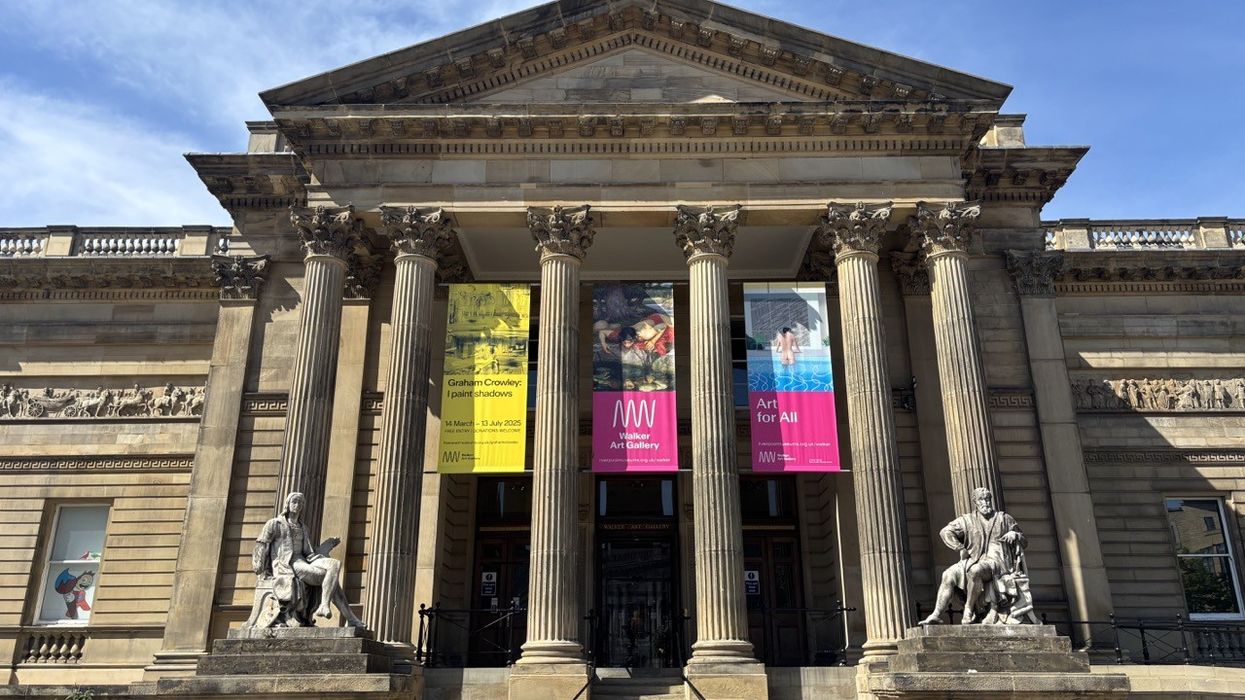

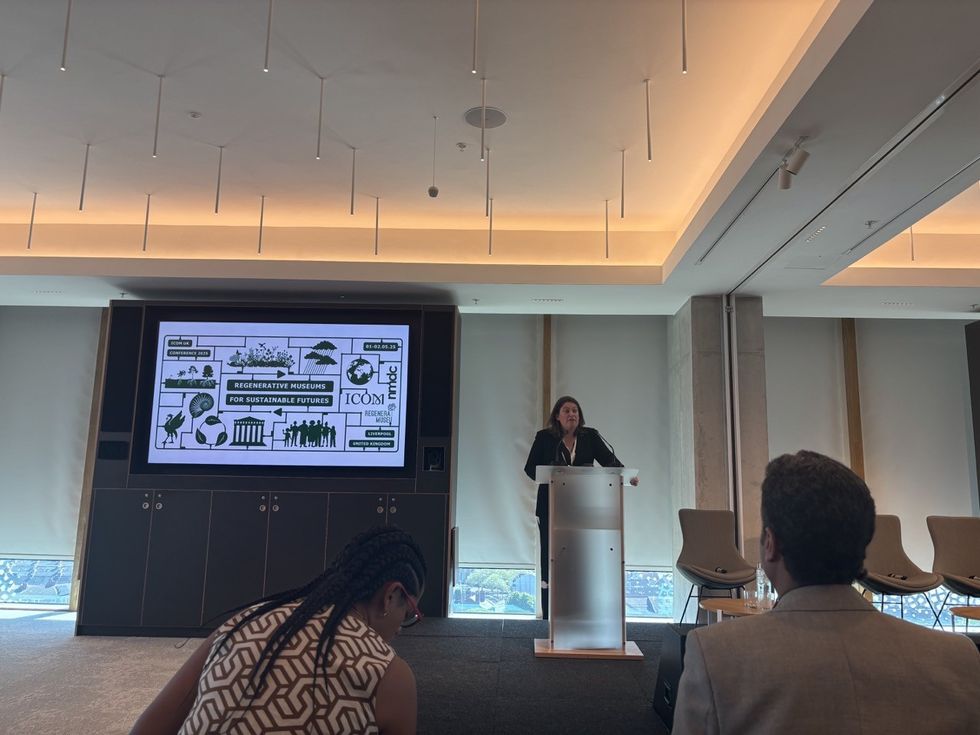
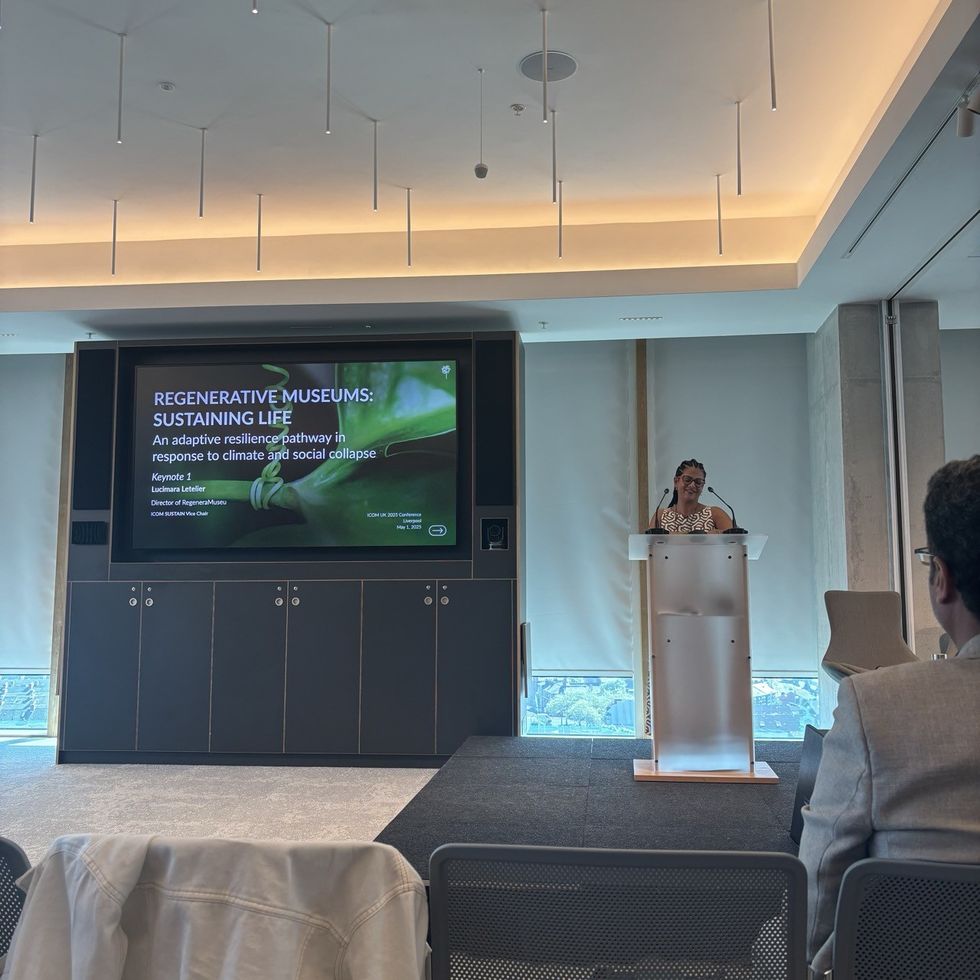
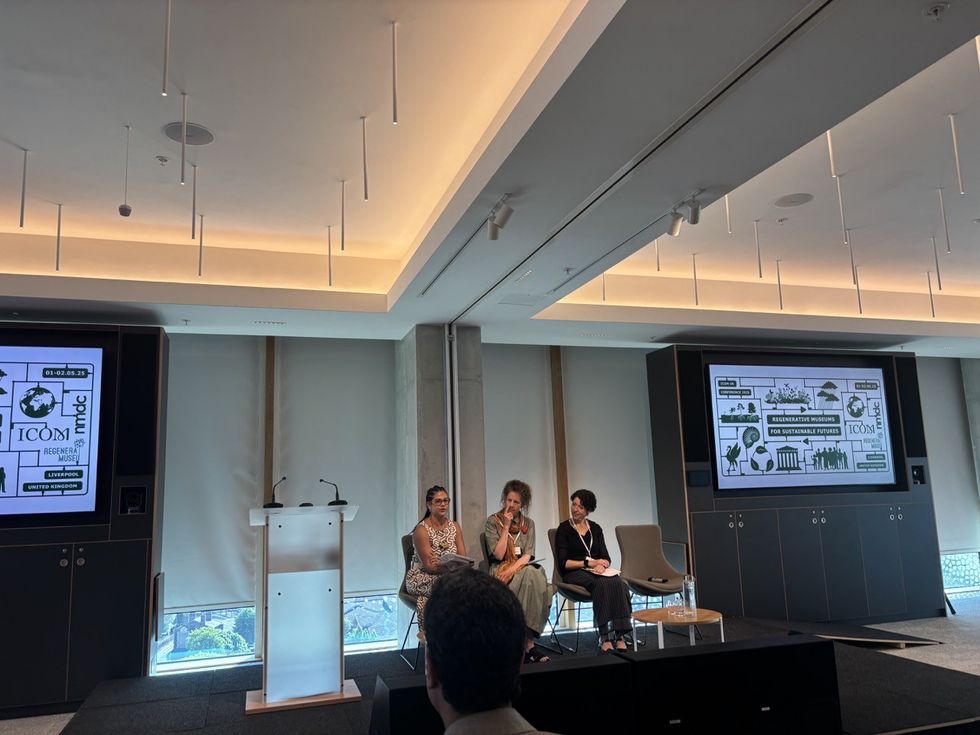
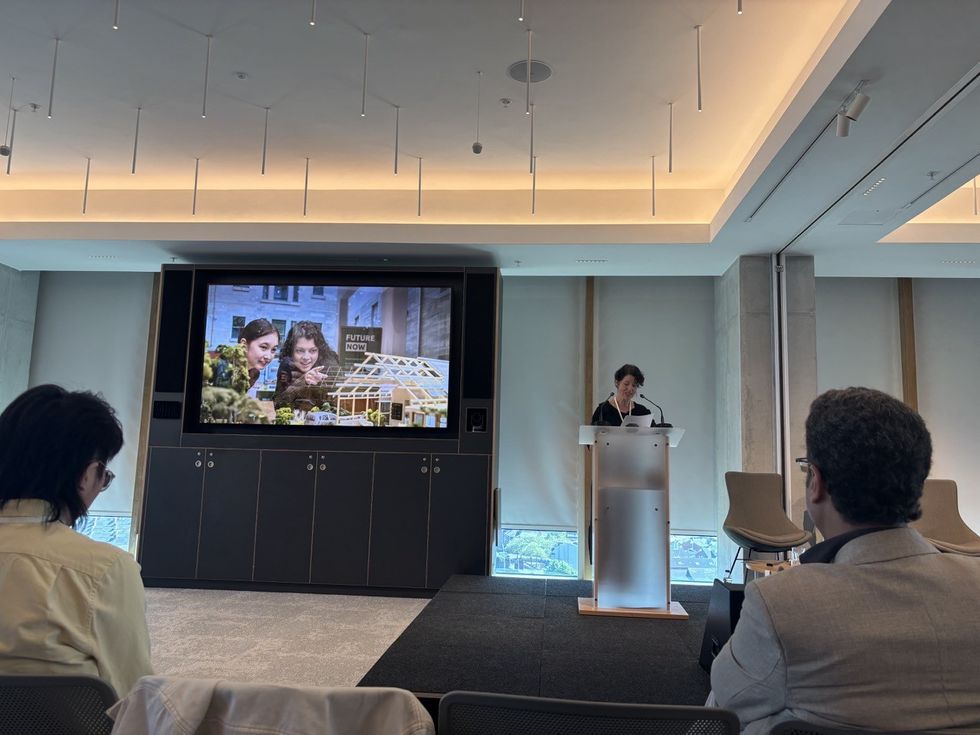
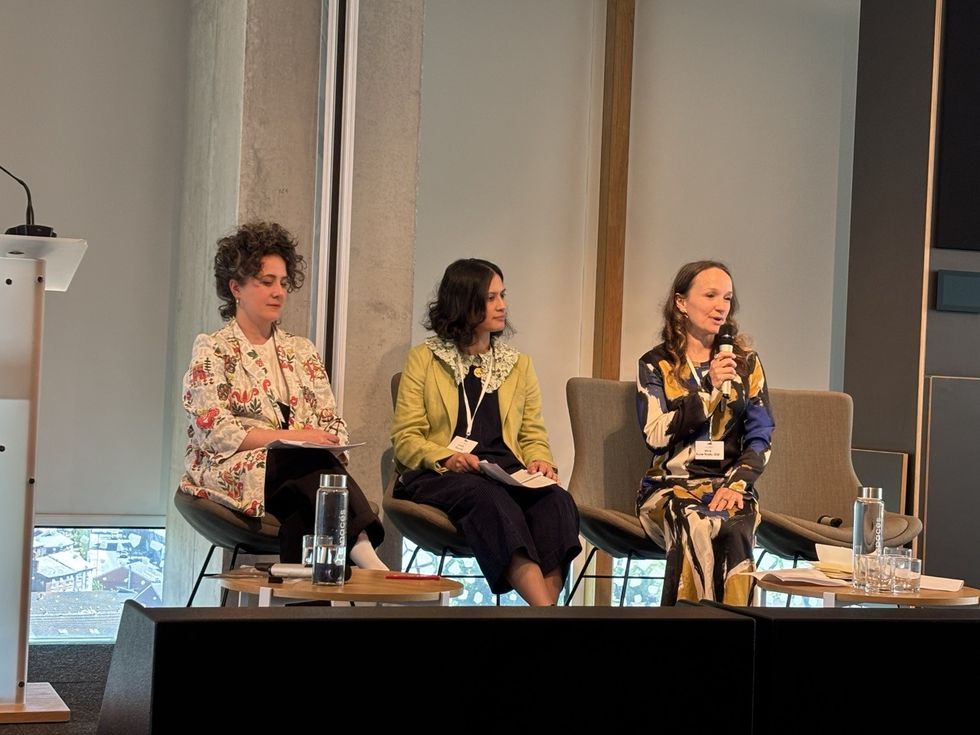
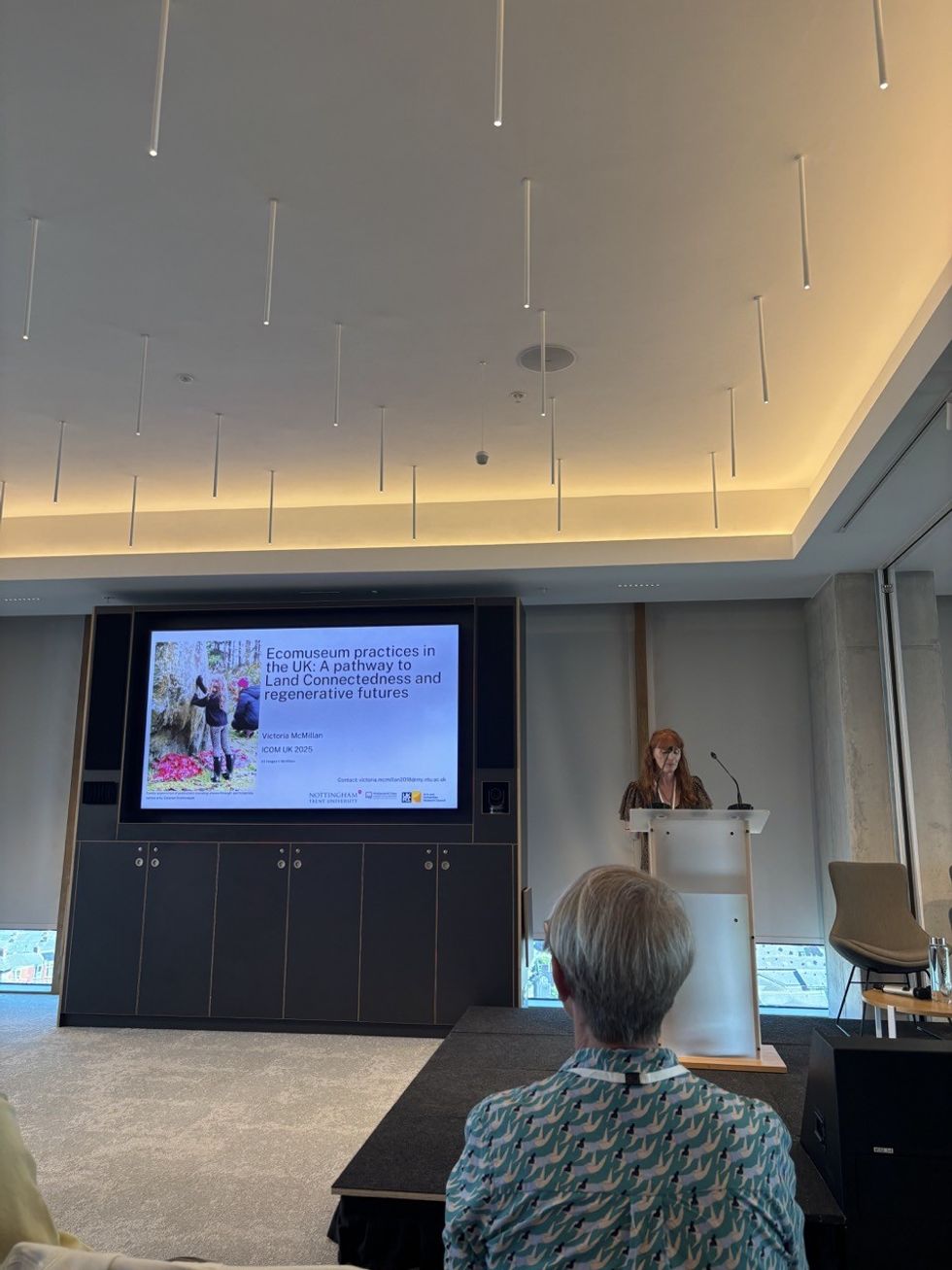
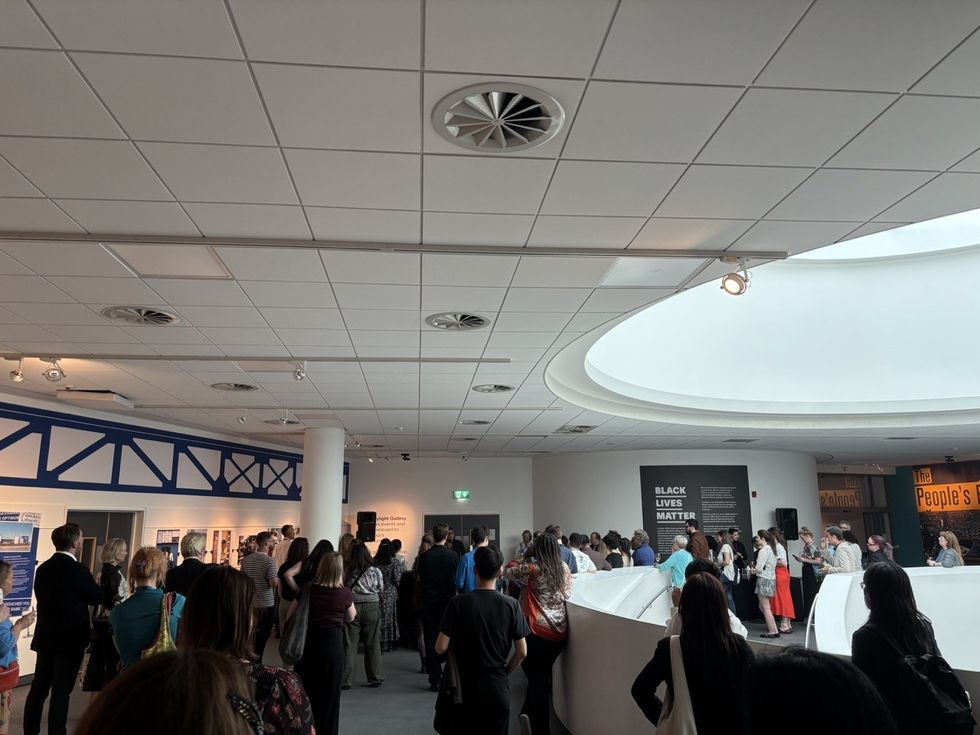
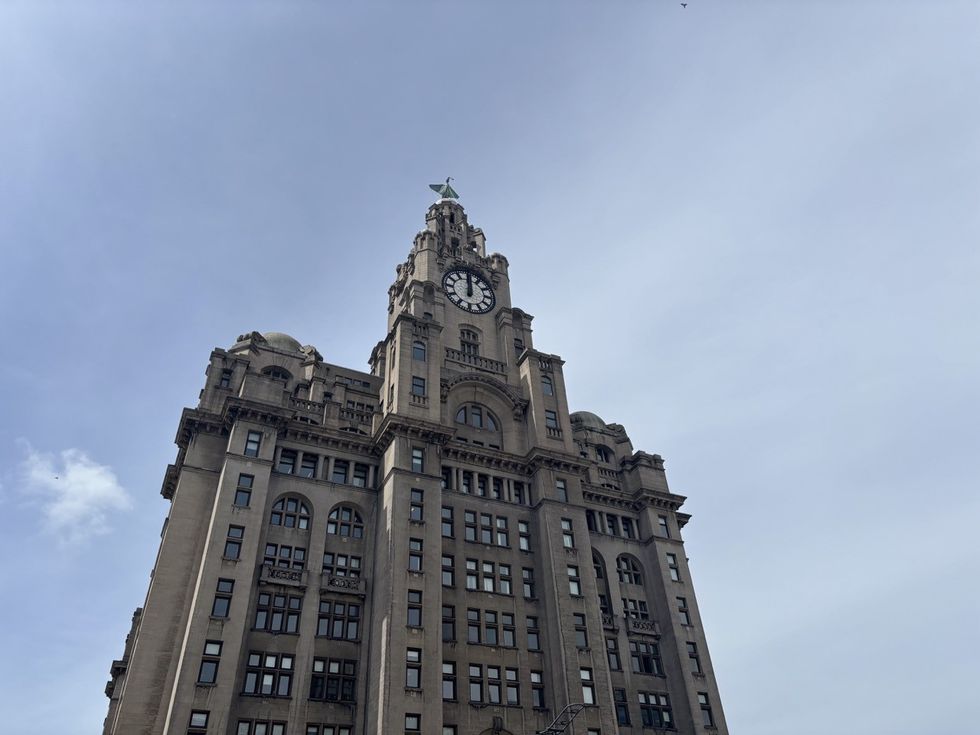
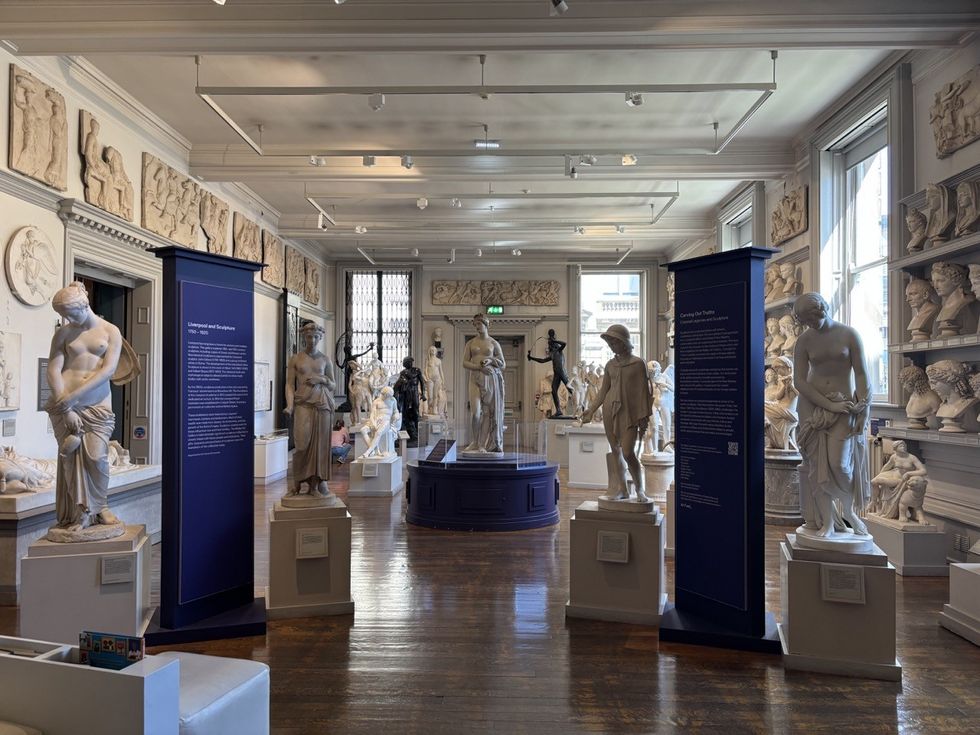

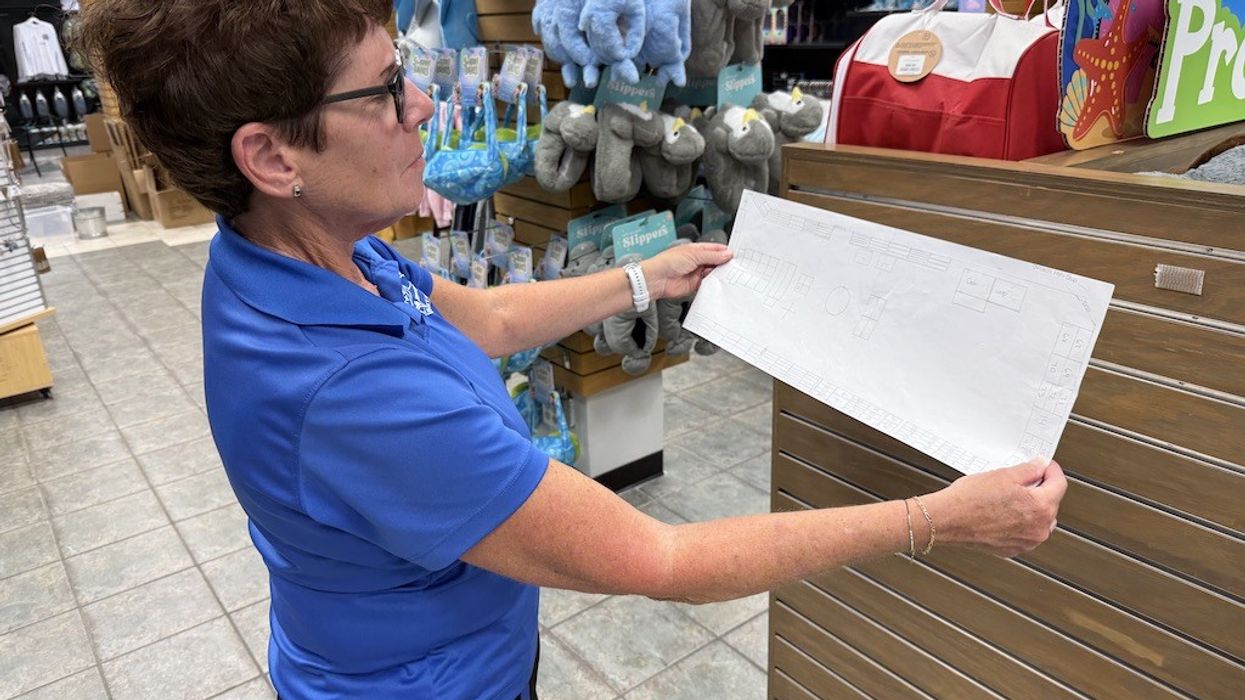
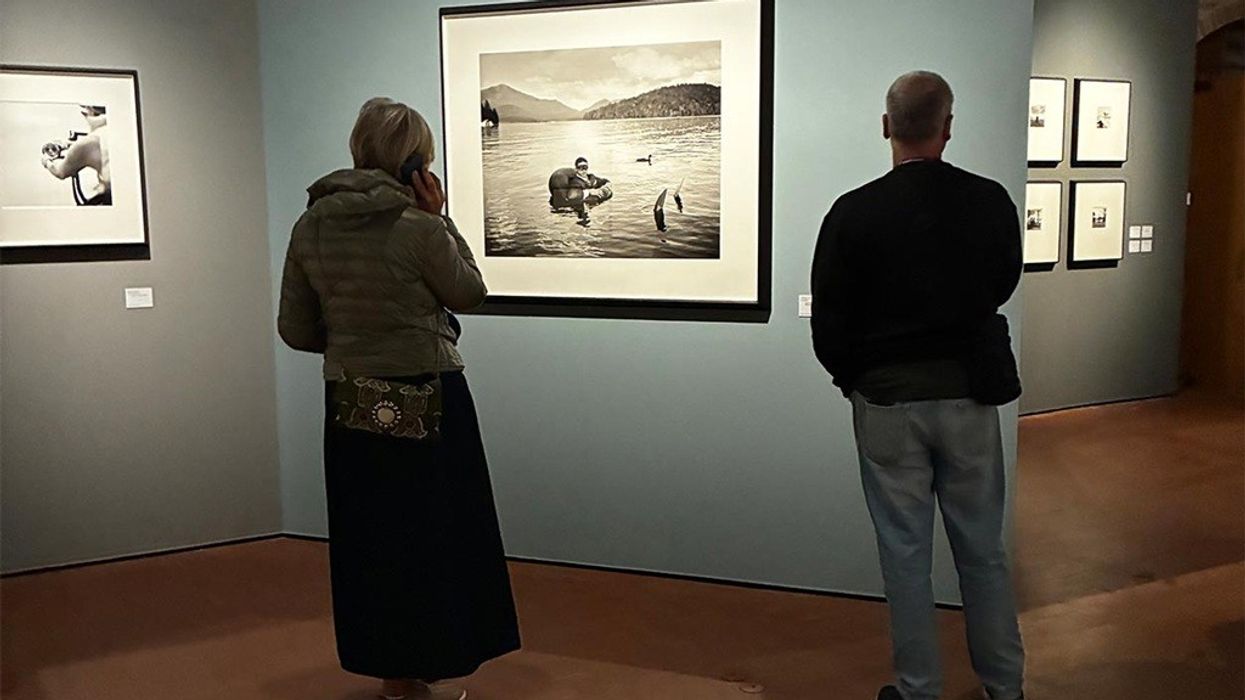

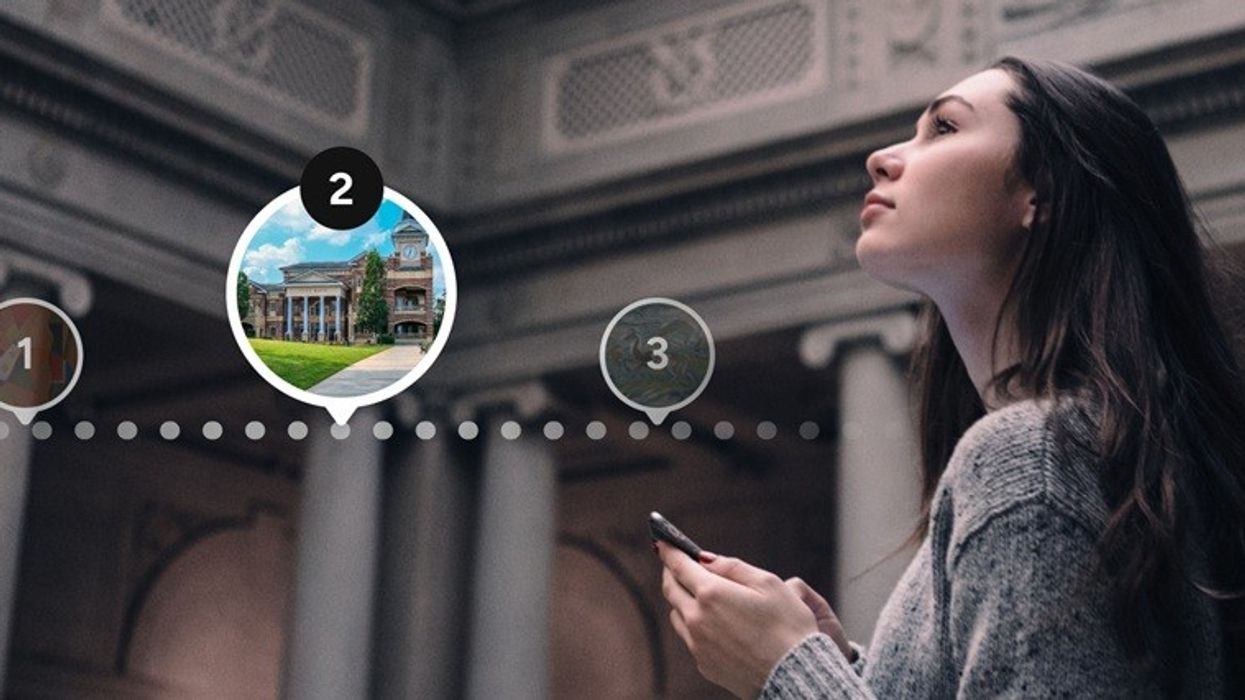


 Guests display a commemorative UN stamp sheet marking the 100th anniversary of the Palace Museum at the UN headquarters in New York, May 2025 (Xinhua)
Guests display a commemorative UN stamp sheet marking the 100th anniversary of the Palace Museum at the UN headquarters in New York, May 2025 (Xinhua)
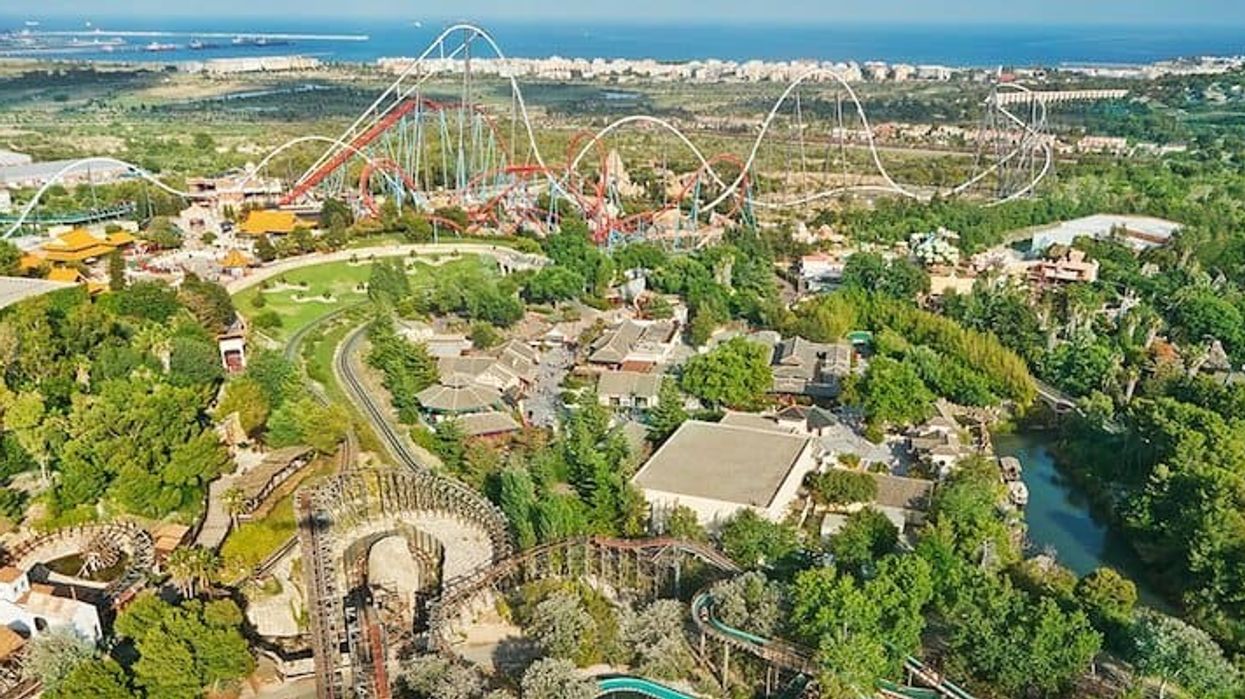

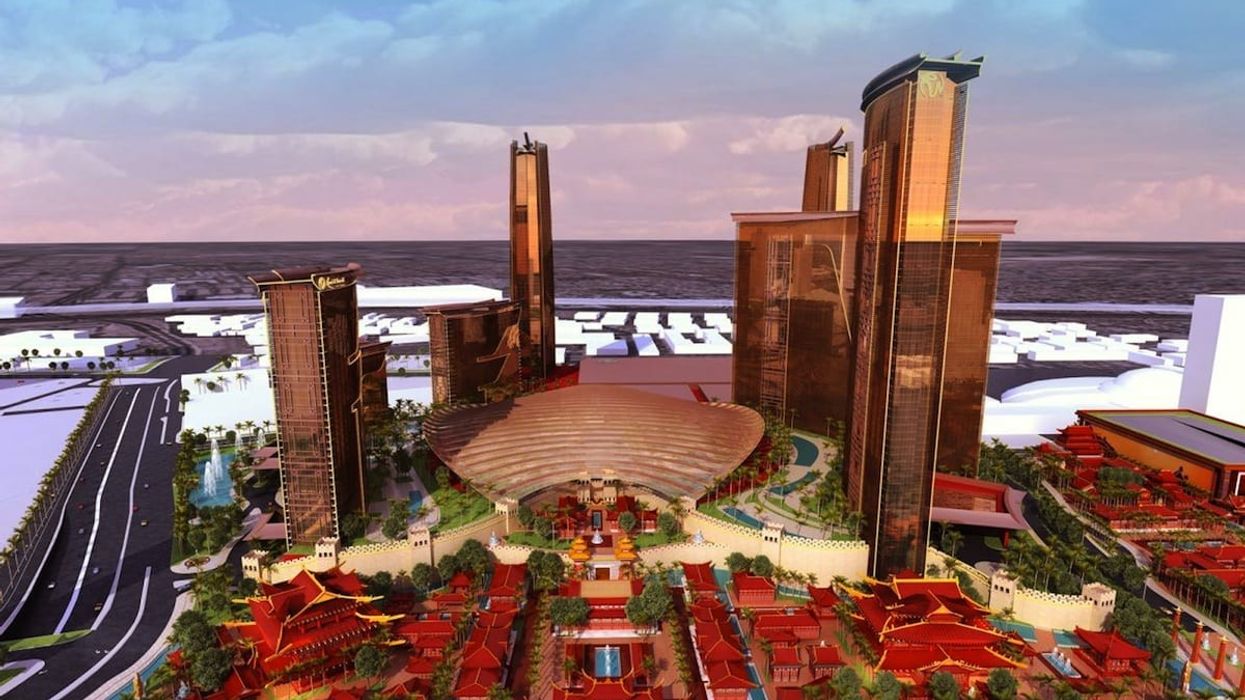

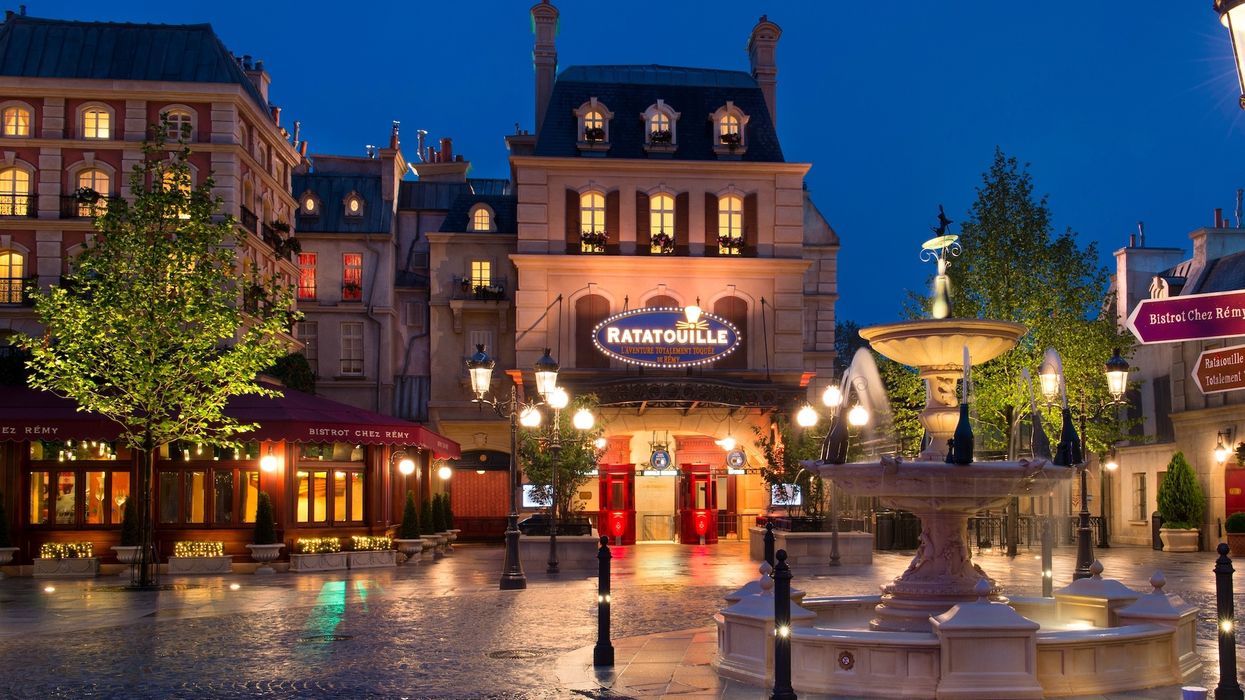


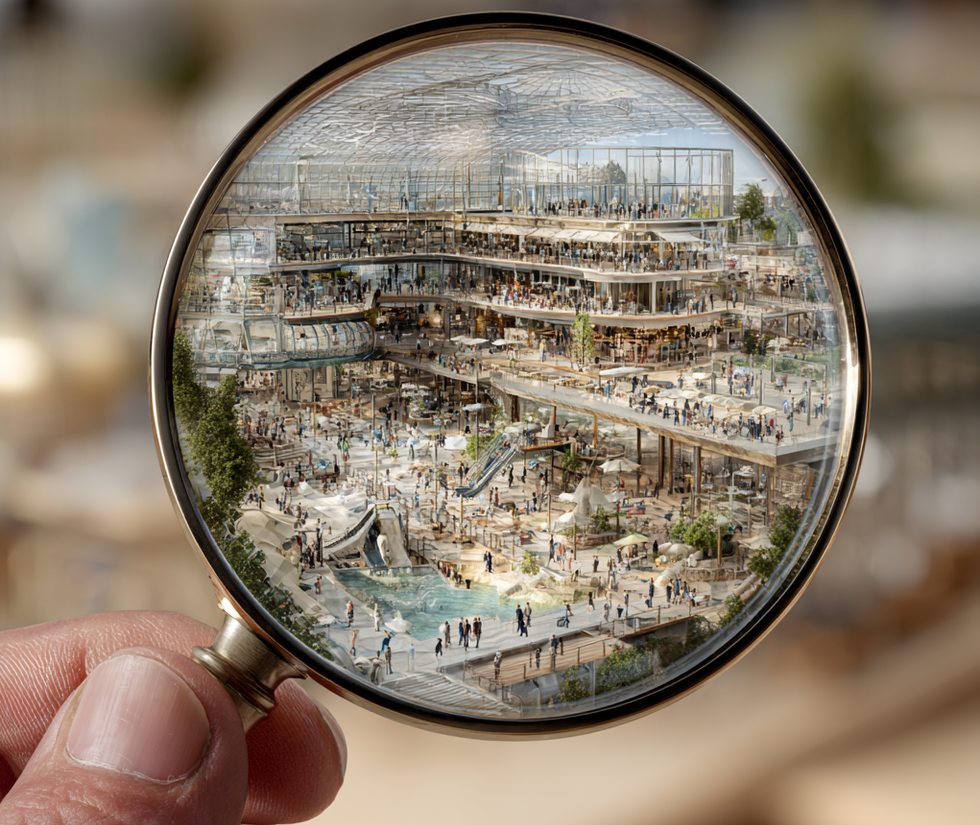
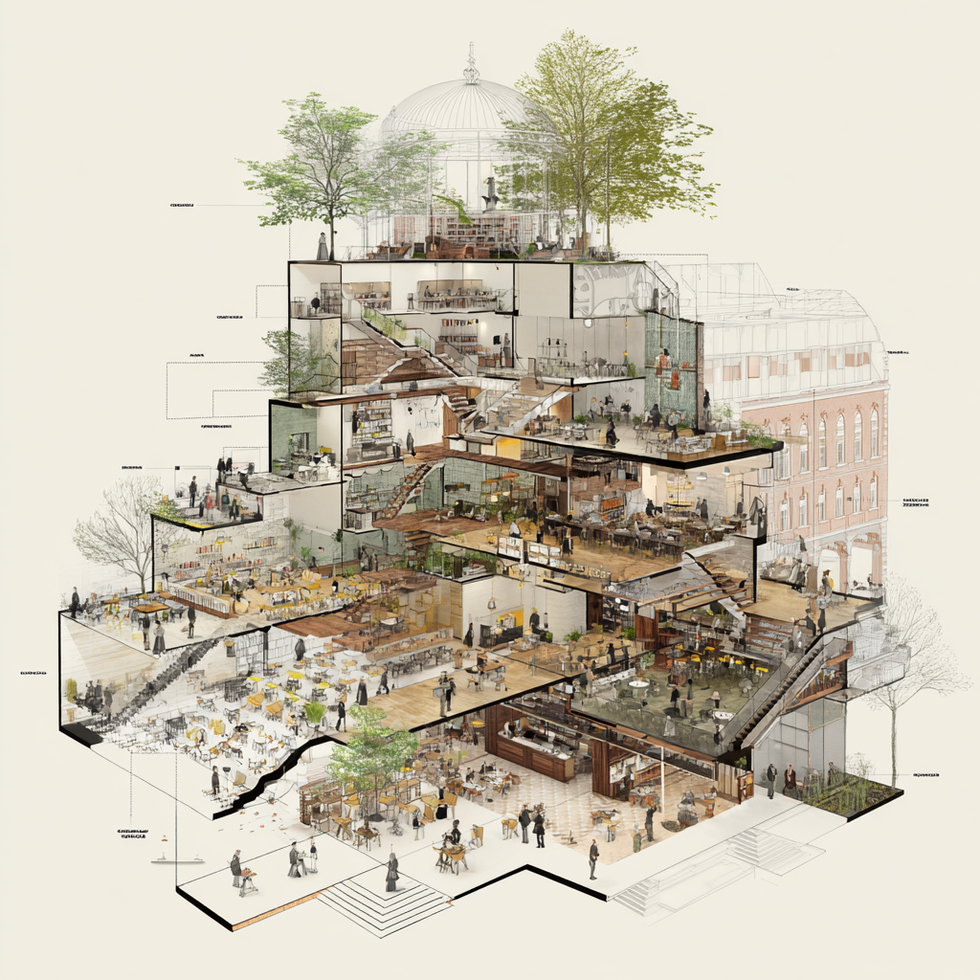




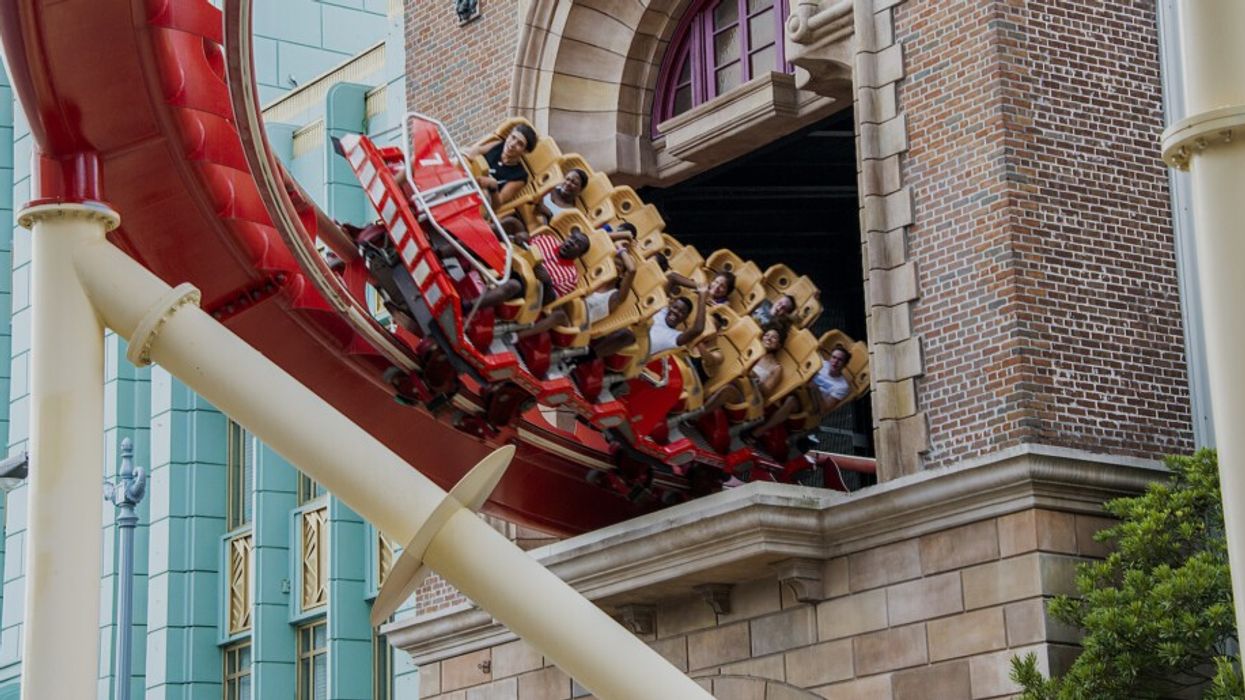
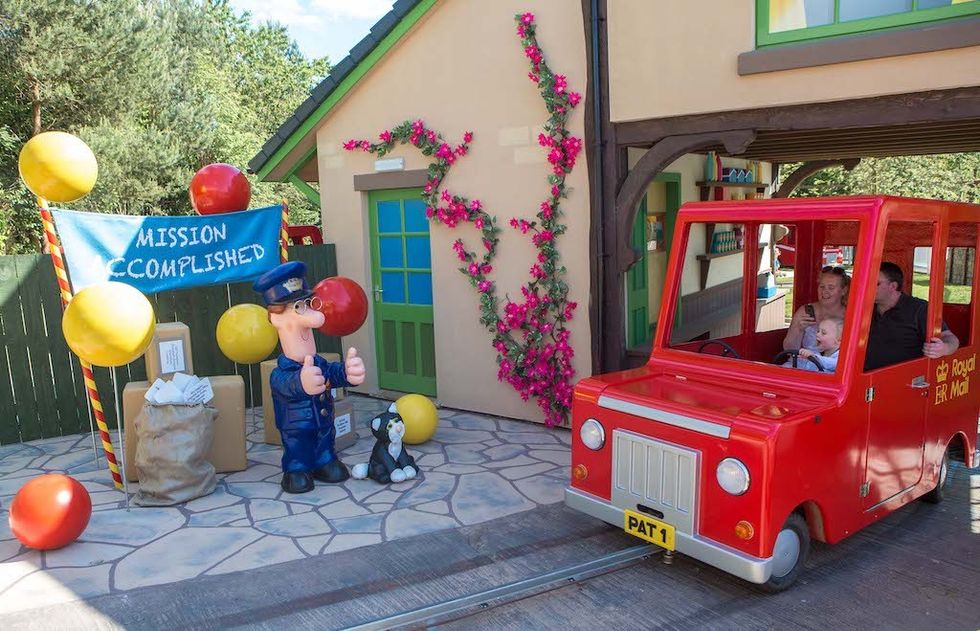 Postman Pat Parcel Post
Postman Pat Parcel Post 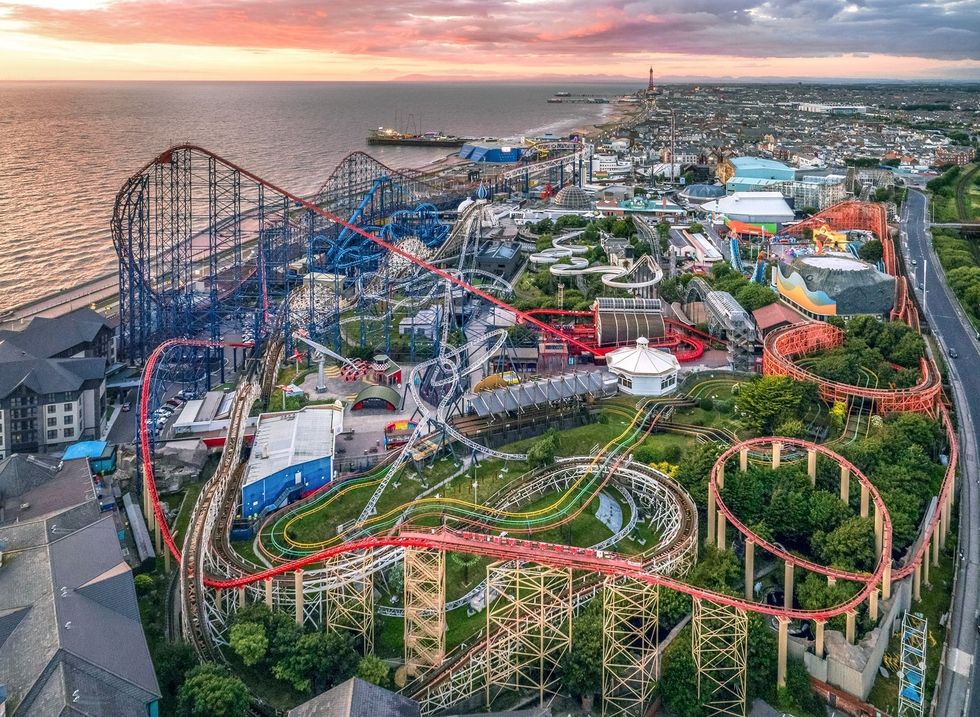 Blackpool Pleasure Beach
Blackpool Pleasure Beach  Time Warp
Time Warp  Nighthawk
Nighthawk 
 Concept art for new Phantom Theater ride
Concept art for new Phantom Theater ride  Marineland Canada
Marineland Canada 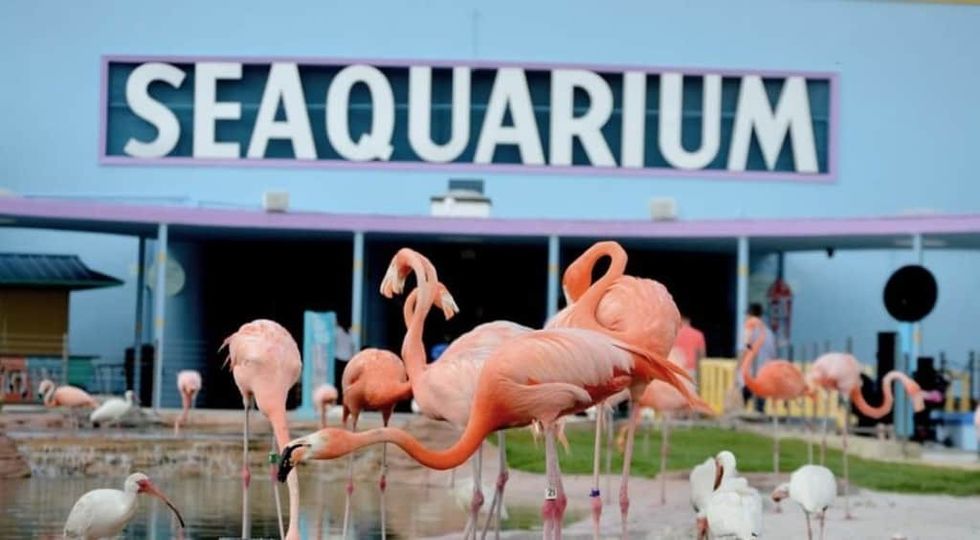 Miami Seaquarium
Miami Seaquarium 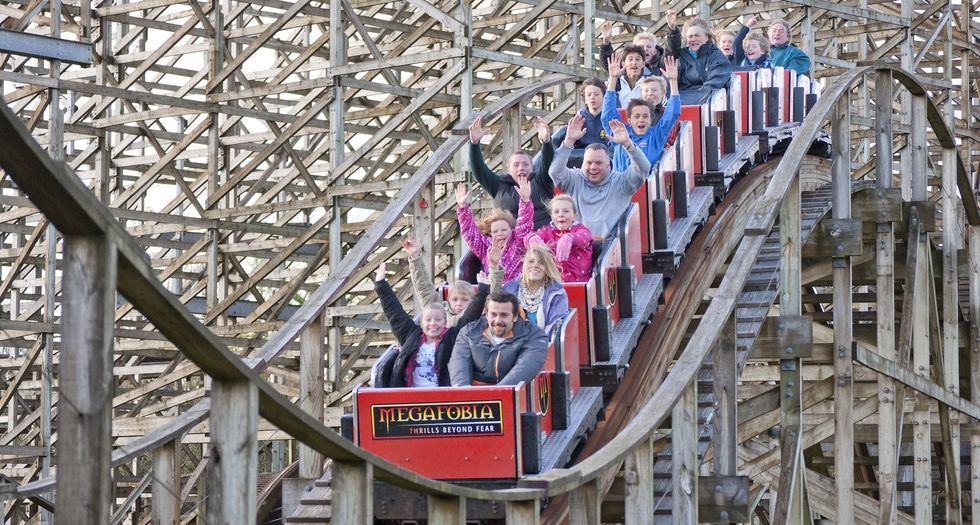 Megafobia
Megafobia  Six Flags America
Six Flags America 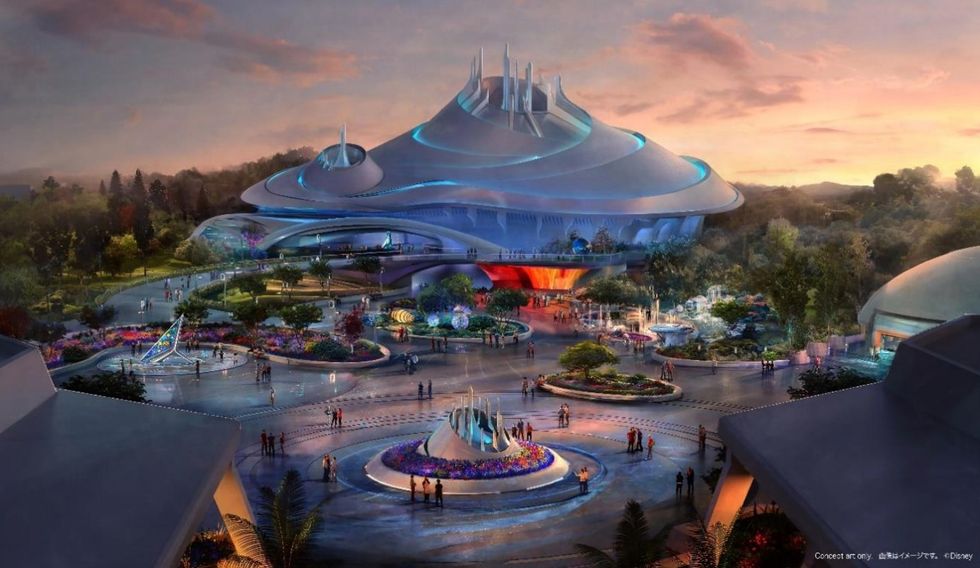 Tokyo Disneyland plans for Space Mountain
Tokyo Disneyland plans for Space Mountain 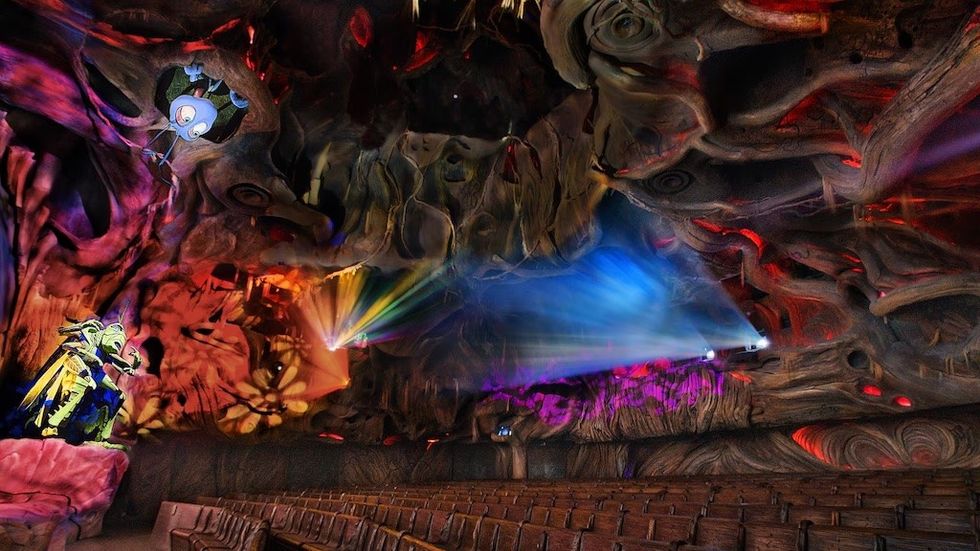 It’s Tough to be a Bug Image courtesy of Disney
It’s Tough to be a Bug Image courtesy of Disney 
 Hollywood Rip Ride Rockit
Hollywood Rip Ride Rockit 




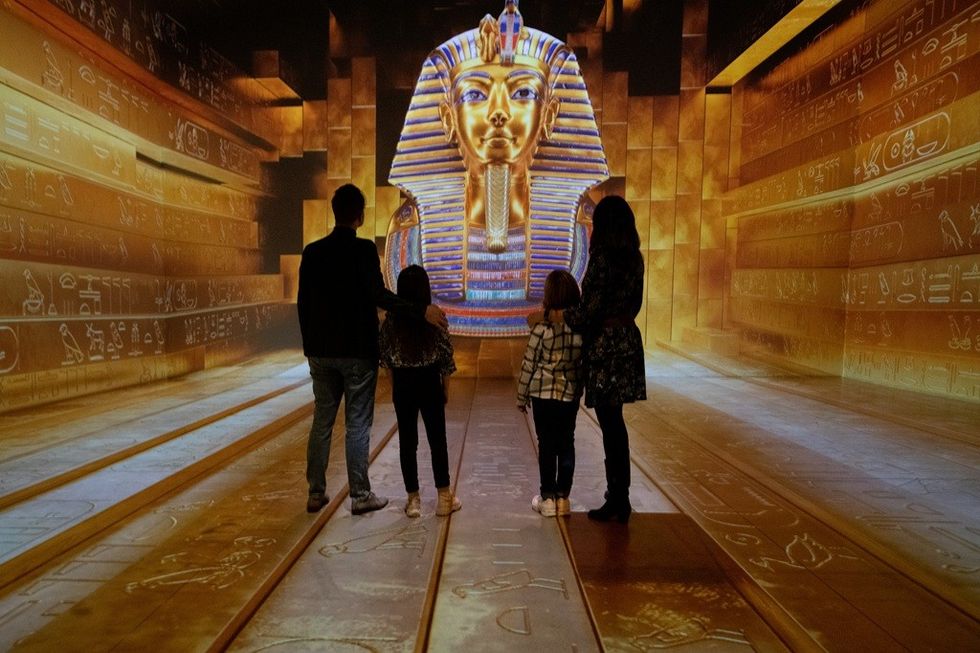 Tutankhamun: The Immersive Exhibition
Tutankhamun: The Immersive Exhibition 
 Crystal Maze: The Live Experience
Crystal Maze: The Live Experience  ABBA Voyage Johan Persson
ABBA Voyage Johan Persson  Meow Wolf's The Real Unreal
Meow Wolf's The Real Unreal